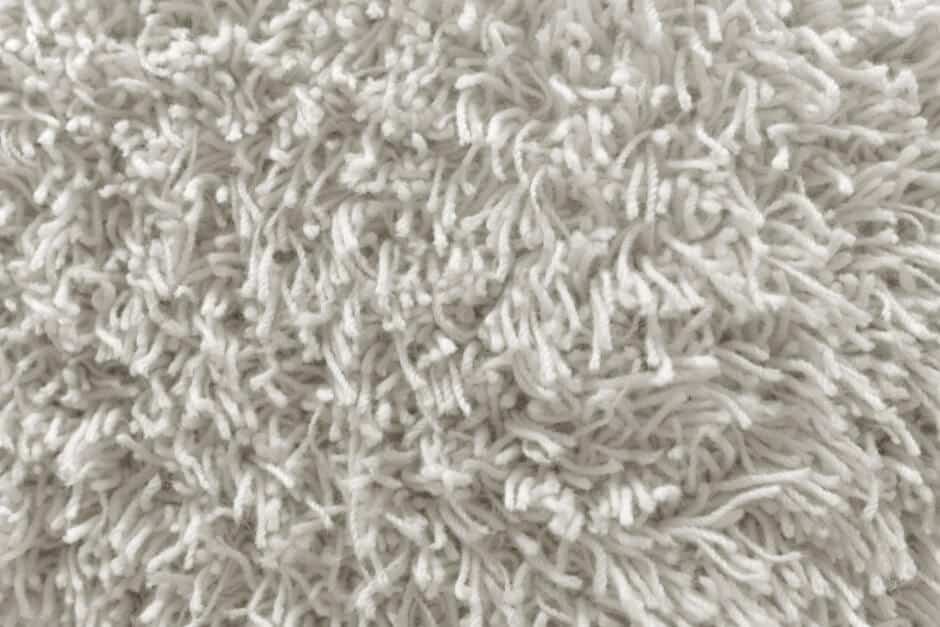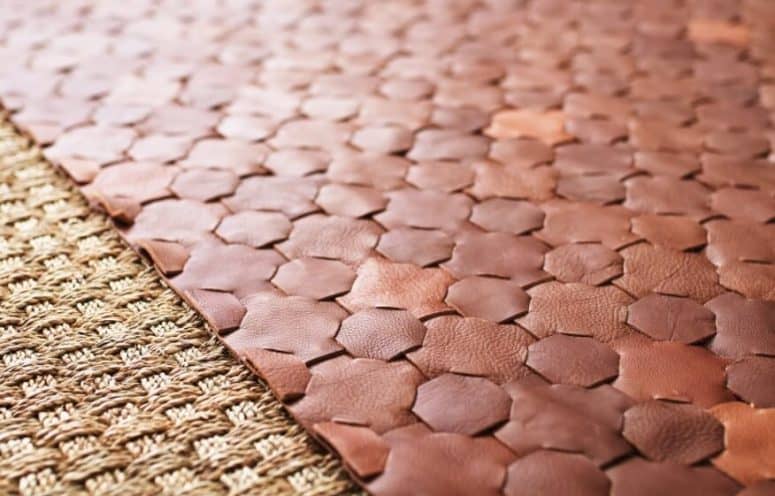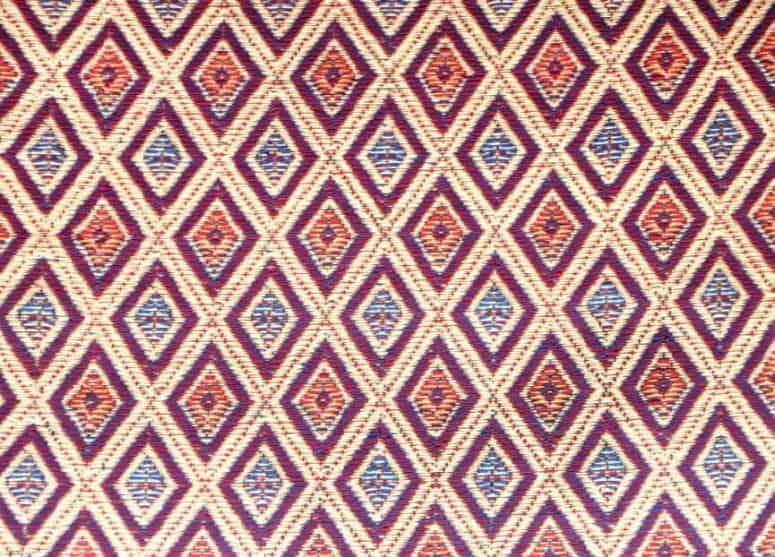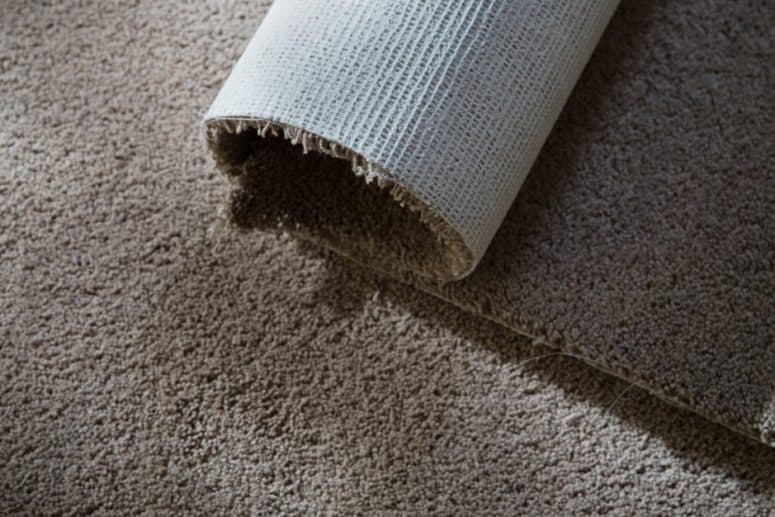When it comes to enhancing the aesthetics and style of your home decor, paying attention to small elements can make a big difference. One such element worth considering is the rug. Distinct from carpets, rugs offer a unique set of advantages.
In simple terms, rugs are more flexible and portable compared to carpets, which are typically installed permanently and cover larger areas. Additionally, the materials used in rugs and carpets differ, as they serve different purposes within a room.
Choosing the right rug is crucial as it can elevate your decor to perfection. Moreover, a well-chosen rug can provide both visual and physical comfort, bringing you joy in your living space.
To assist you in your exploration of various rug types for your lovely house, here is an explanation to guide your research.
Wool

Rugs made from wool are crafted using natural fiber materials. Wool rugs tend to be more expensive because they are often hand-knotted or loomed by skilled artisans.
Nevertheless, with increasing demand and advancements in technology, many wool rugs are now being machine-loomed to meet the needs of a broader audience.
Pros
Wool rugs offer an incredibly comfortable sensation under your bare feet, thanks to their smooth texture. What’s remarkable is that wool rugs also possess water-resistant properties. Just imagine enjoying the softness of the rug while knowing it can repel water!
Although wool does have the ability to absorb water, it does so gradually over time. This means that if you promptly wipe away any water spills, the wool will remain undamaged. Additionally, wool’s natural composition ensures that it doesn’t release harmful gases into the air.
Cons
Maintaining wool rugs can be a bit challenging, requiring regular vacuuming to prevent allergens from becoming trapped beneath the fibers when they become soiled.
Furthermore, the smooth surface of wool rugs is susceptible to shedding and pilling. To address this, regular vacuuming and cleaning are essential to keep the rug in good condition.
Silk or Viscose

Pros
Silk rugs exhibit a distinctive and gradual shimmering effect on their surface, setting them apart from other types of rugs. This unique feature adds a touch of luxury to any room, even when used solely as a floor accessory. Additionally, silk rugs are lightweight, further enhancing their elegance and value.
Cons
While silk rugs are synthetic, their durability may not be as impressive as one might expect. They tend to be less durable compared to other rug types. As a result, many people opt for mixed rugs that combine silk with other materials for improved longevity.
Cotton

Pros
Cleaning cotton rugs is a breeze, setting them apart from most other rugs or carpets that can be challenging to clean. In fact, cotton rugs can even be safely washed in a washing machine, simplifying the cleaning process.
Moreover, cotton rugs offer an additional advantage of being more budget-friendly. Despite their affordability, they provide a comparable level of softness to that of wool or silk rugs, making them a cost-effective choice for those seeking comfort and style.
Cons
Cotton rugs are prone to staining, which means that over time, they may acquire darker discolorations. Unlike wool rugs, cotton rugs do not possess inherent water-repellent properties.
Leather or Hides

Pros
Once leather rugs are prepared for distribution, they exhibit a smooth and polished surface that is incredibly easy to clean. The natural texture derived from the animals’ skin provides a pleasant sensation under your feet, making leather rugs a versatile addition to any room.
Cons
One drawback of leather rugs is that they have a tendency to curl or shed at the edges, which can gradually worsen over time. However, this issue can be addressed by gently ironing the rug upside down using low heat.
Furthermore, the surface of leather rugs may lose its shine and appear dull over time. To maintain its lustrous appearance, it is recommended to shake and wash the rug regularly.
Jute or Bamboo

Introducing another type of natural rugs, made primarily from bamboo or jute fibers intricately woven together to create exquisite rugs. These rugs exude a natural aesthetic, evoking a sense of Hawaii and beachside vibes.
With their distinct appearance, these rugs can serve as captivating decorations on the floor, perfectly complementing various unique styles of homes.
Pros
One notable characteristic of these rugs is their exceptional durability. The weaving process ensures that they are unlikely to shed or tear easily, offering long-lasting quality. With their natural appearance, these rugs have the ability to enhance the aesthetics of indoor spaces, adding a touch of charm. Additionally, they are renowned for their textural appeal, making them one of the most visually and tactically interesting materials used in rugs.
Cons
While some individuals appreciate the textural surfaces of rugs, others may prefer a smoother feel. It’s worth noting that rugs made from bamboo, jute, or sisal tend to have a coarser texture compared to other rug materials. Occasionally, small fibers from these materials may come loose, which can cause a slight itchiness or discomfort for some people.
Faux Fur

Pros
rewrite this in your own unique words!
The softness from faux fur rugs are very much lighter but somehow still very much soft like silk, wool, and cotton rugs. It has various colors that you can choose to complement your room. The look of faux fur rugs is so luxurious yet so light at the same time.
Cons
As mentioned earlier, faux fur rugs have a smooth texture and are considerably lighter compared to other rugs. However, the lightweight fur on the surface is prone to shedding.
Typically, faux fur rugs experience more shedding when they are initially purchased, and shedding tends to decrease over time.
Cleaning this type of rug can be challenging due to the delicate nature of the fur. There is a risk of damaging the surface while attempting to clean it, and some stains may not fade entirely through regular washing methods.
Olefin (Polypropylene)

Pros
It’s important to note that olefin rugs are made from synthetic materials, which contribute to their impressive durability, even in high-traffic areas. These rugs are also water-repellent and resistant to stains.
Despite their synthetic composition, olefin rugs maintain a soft texture underfoot while being relatively thin. One of the key factors contributing to their popularity in the market is their affordability, offering a cost-effective option for many homeowners.
Cons
Olefin rugs are crafted from a non-resilient fiber, which means that once they are damaged, it is often challenging to repair them. In many cases, the only option is to dispose of them.
Moreover, the material used in olefin rugs does not readily decompose in nature. This lack of biodegradability raises concerns among environmentalists, as it contributes to long-lasting waste in landfills.
Microfiber (Polyester)

Pros
The strength of this rug is truly remarkable as it can withstand a variety of challenges. It repels water effectively, ensuring that moisture doesn’t seep into the fibers. Additionally, it is highly resistant to color fading, even when exposed to sunlight or harsh bleaching agents. This durability makes it a reliable choice for high-traffic areas where it can endure heavy use. It’s worth noting that some individuals even opt to place this rug on their front porch, further highlighting its resilience and versatility.
Cons
Polyester material presents a challenge when it comes to dyeing, resulting in limited color options and designs. Some may perceive polyester rugs as somewhat monotone, while others appreciate their simplicity.
One significant drawback to note is that polyester rugs are not resistant to oil. If a liquid containing oil is accidentally spilled on the rug, the resulting stain is likely to become permanent, posing a lasting issue.
Nylon

Pros
The versatility of nylon rugs is truly remarkable, offering a vast array of designs, colors, and patterns that seem almost limitless. This wide variety makes them visually appealing and opens up countless possibilities for decorating your space.
One of the notable advantages of nylon rugs is their ease of cleaning. Nylon has a natural resistance to dust, dirt, and crumbs, making it a practical choice for households. Furthermore, nylon rugs exhibit impressive durability, even when placed in high-traffic areas within the main rooms of your home.
Cons
Despite its many benefits, it is important to note that nylon rugs are sensitive to acidic substances. If an acidic liquid or any such substance is accidentally spilled on the surface of a nylon rug, repairing the resulting color fading can be an extremely challenging task. It is advisable to exercise caution and promptly clean up any spills to minimize the risk of permanent damage to the rug’s color.